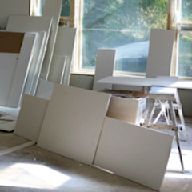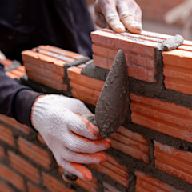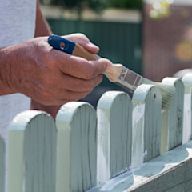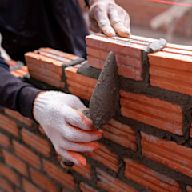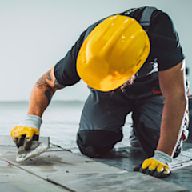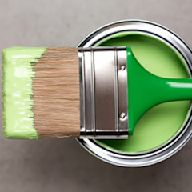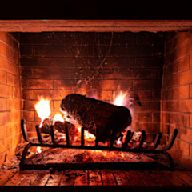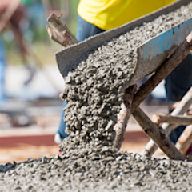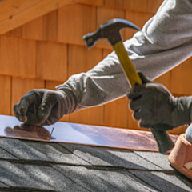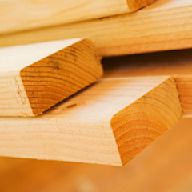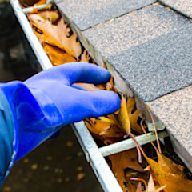Search results
Plaster, a pasty composition (as of lime or gypsum, water, and sand) that hardens on drying and is used for coating walls, ceilings, and partitions. Plaster was used as a medium of artistic expression until the 19th century. Learn more about plaster in this article.
Jan 31, 2024 · Last Updated: January 31, 2024 Fact Checked. Plastering is one of the final steps in finishing an interior or exterior wall. While applying plaster is a highly technical process that is usually best left to professionals, any homeowner can do it themselves provided they follow a few key guidelines.
- 323K
Plaster is a building material used for the protective or decorative coating of walls and ceilings and for the casting and casting of decorative elements. In English, plaster refers to the material commonly used for the interiors of buildings, while render usually refers to outdoor applications.
Discover more placesNear Columbus, OH
Mar 9, 2022 · The characteristics of plaster walls give them several advantages over drywall: Wood lath, covered by several layers of plaster, provides better sound insulation than drywall. Plaster is more fire-resistant than drywall, especially when laid over metal lath. You can also opt for fire retardant coating.
Oct 10, 2023 · The homeowners guide to Plaster. From average costs to expert advice, get all the answers you need to get your job done. The different types of plaster each has its own advantages and disadvantages. Use this guide to help you choose the best type of plaster for your project.
Oct 12, 2023 · While it might seem daunting at first, plastering is a craft that can be mastered with patience, practice, and the right techniques. In this comprehensive guide, we will walk you through the step-by-step process of plastering a wall, from preparing the surface to achieving a flawless finish.
Jul 7, 2022 · If the wall is brick or there are building blocks exposed that the answer is yes: you should wet the wall before plastering to prevent the plaster from drying too quickly. How to begin plastering your walls. New plasterboard or drywall. Start with plaster tape to cover the joints, and then use scissors to make sure the edges are neat as possible.

